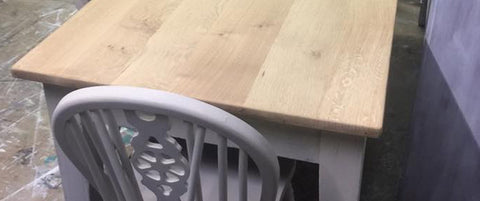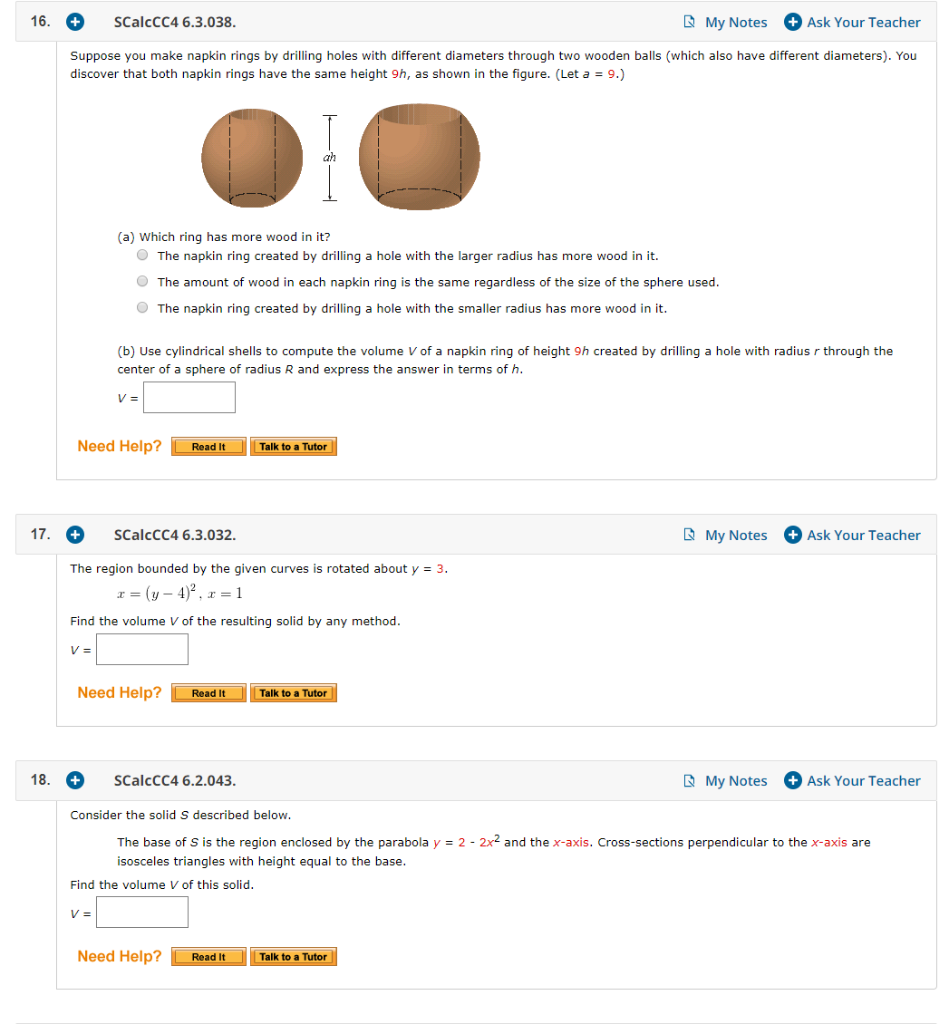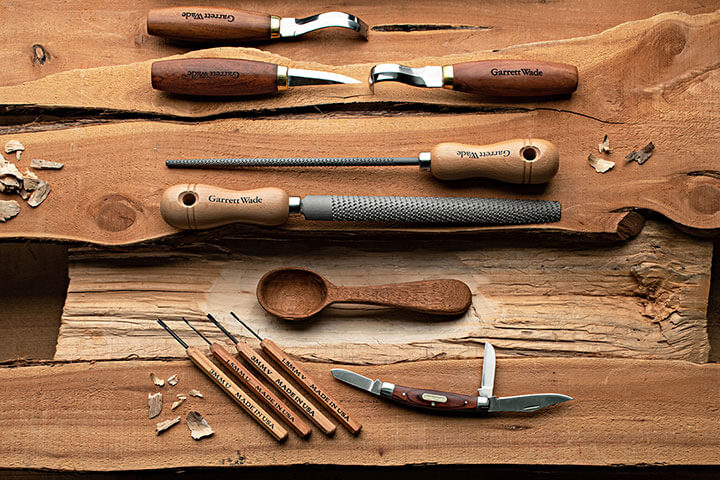
Before you start painting plywood, here are some things to remember. There are three main types. They are Oil-based and Chalk. If you want your plywood project to last, then you should choose one of these paints. Preparing the plywood is essential before you can choose a paint. Joint compound must be applied before you apply any paint. Joint compound improves the durability of your paint.
Primer
Preparing the plywood surface is important before you begin painting. Primer for plywood paint ensures that the final product will be strong and durable. You can prepare the plywood from scratch or sand it. Paint jobs can be difficult if the plywood is not properly prepared. Make sure to check whether the plywood sheet has any holes or gaps. To save on paint, you can tint it with the color you prefer.
Rust Oleum Painter’s Touch primer works well for DIY projects. This oil-based primer dries in about one to two hours, and it is odorless. However, it's only appropriate for surfaces above the waterline. You can paint the primer once it has dried. Apply the primer and sand lightly the surface to make sure it is smooth and flawless.

Oil-based oils
It is wise to choose an oil-based paint for plywood. These paints have a lower chance of soaking into the wood and are the best choice to paint plywood. This paint can also be used to fill in any cracks, especially in plywood that is more rough. Before choosing paint, there are some things you should remember. Use the right primer for your paint:
Primer helps the paint adhere to the plywood. You should sand your surface using a fine-grit sponge to remove any dust. Priming helps the paint adhere to the surface and will reduce the amount of paint needed. You should always use primer that matches what type of paint you are using. A primer can be used to ensure that paint sticks to plywood.
Chalk paints
When you're painting a piece of plywood, it's a good idea to use a sealer to protect the finished product. Chalk paints do not have a sealer like traditional paints. This makes them susceptible to staining. A coat of wax will stop water from getting into the finish. A 500-milliliter container of wax material should be mixed with three to four litres (or more) of paint.
While there are several benefits to using chalk paints on plywood, there are also a number of disadvantages. The main drawback is the loss of luster. However, this can be overcome with some buffing. You can buff the paint after you have finished painting to get a high-luster finish. The matte finish on chalk paints corresponds to a satin. You can seal the end product with furniture wax.

Marine plywood
There are two ways to paint marine plywood. One is spray painting, and the other is brushing. A roller and brush will provide a smoother finish. However, a brush can cause drips. Start at the top of marine plywood and work your ways down. Paint too much of a particular area can cause excessive dripping. You can also apply a thin coat of paint to the entire surface. This should be left on for overnight.
Before you start painting, make sure that the material is waterproof. Marine plywood is made up of multiple layers softwood. Multiple coats are usually required. Depending on your experience in painting, the number of coats that you require will vary. To make it easier to apply the next coat, sand off the surface after each coat. You can hire professionals to paint your Marine Plywood if you don't have the necessary experience.
FAQ
How do you know which type of wood you are working with?
When purchasing wood, always check the label. It should have information about the wood species as well its moisture content and whether any preservatives were used.
What's the time taken to finish a piece furniture?
It depends on the size of the piece of furniture. Boxes and picture frames are small projects that can be completed in one day. Larger projects, such as desks and dining tables, can take several days. It takes time to stain and seal the wood properly.
What kind of tools are used to carpenters?
A hammer is probably the most widely used tool for carpenters. A hammer can be used to drive nails into wood. A hammer is used to hold pieces together during a project. Other tools include clamps, pliers, screwdrivers, measuring tape, pencils, saws, drills, and wrenches.
How often should I purchase new supplies?
You may have to replace certain tools. Sharpening hand tools is a must. Power tools will require replacement parts every so often. You can spread your purchases over a number of months to avoid spending too much.
Which wooden products are most popular?
Most wooden items that are best-sellers are made from wood harvested sustainably.
The most popular types of wood for furniture include oak, maple, cherry, mahogany, walnut, and teak.
These woods have beautiful grain patterns and colors. They are also very strong. They will last for many years, if taken care of properly.
To prevent moisture damage, wood furniture should always first be painted. This applies to all surfaces, even drawers and doors.
A paint that resists water is the best choice to ensure that furniture lasts a long time.
It is recommended to use an oil-based primer, then apply two coats. You may need to apply several coats of top coat depending on how much wear it is expected.
Avoid spray cans or aerosol colors. These products can evaporate quickly and emit harmful fumes.
Do you have any other information I should know about woodworking and/or the process of making it?
It is easy for people to overlook the work involved in furniture making. Finding the right kind of wood is the most difficult part. It can be hard to choose from the many types of wood that are available.
The problem with wood is that not all wood properties are the same. Some woods will warp over time, others will split or crack. You must take these things into consideration before purchasing wood.
Do I need to be a genius to succeed in woodworking?
No. Woodworking is not difficult. Anyone can learn how to use basic power tools and techniques to create beautiful works of art.
Statistics
- Woodworkers on the lower end of that spectrum, the bottom 10% to be exact, make roughly $24,000 a year, while the top 10% makes $108,000. (zippia.com)
- Overall employment of woodworkers is projected to grow 8 percent from 2020 to 2030, about as fast as the average for all occupations. (bls.gov)
- In 2014, there were just over 237,000 jobs for all woodworkers, with other wood product manufacturing employing 23 percent; wood kitchen cabinets and countertop manufacturing employing 21 percent. (theartcareerproject.com)
- Most woodworkers agree that lumber moisture needs to be under 10% for building furniture. (woodandshop.com)
External Links
How To
How to stain wooden surfaces
The process of staining wood involves the application of chemicals to the wood's surface, which causes it to change its color. This chemical reaction causes wood to turn from whiteish to brownish. Oak is the most common wood type for staining. However, you can also use other wood types.
There are many options for applying stains to wood surfaces. One method involves mixing the stain and a solvent and then spraying it on the wood. You can also apply a solution containing water and dye directly to the wooden surface. The stain can be mixed with paints and varnishes to become part of the final coating.
Preparing your wood for staining is the first thing to do. Clean the wood to get rid of any grease, dirt or other substances that might be detrimental to the stain's application. Sanding the wood removes scratches and imperfections. The next step is to choose the stain type you want. There are two main types of stain: non-penetrating and penetrating. Penetrating stains penetrate deeper than non-penetrating stains, which makes them great for dark colors like mahogany. Non-penetrating stains work best with light colors like maple.
You will need to decide on the type of stain you want to use, and then prepare your tools. The best tool for applying stains is a paintbrush. It allows you to evenly distribute the liquid over the surface. You should also have some handy rags to wipe up excess stains after you finish painting. If you plan on mixing the stain yourself make sure that you have enough containers to hold the different components.
Once you have prepared all your materials, it is time to clean the areas where you will stain the wood. Clean the area with soap and warm water to get rid of dirt and grime. You can wipe down the entire furniture using a damp rag with clean water. Be sure to get rid of all loose material, especially if staining is planned for darker wood.
Apply the stain. Begin at one end and spray or brush the stain on the wood. Move slowly and carefully along the grain of your wood until you reach its opposite end. Keep the stain from dripping off the wood's surface. Before proceeding to the next step, let the stain dry thoroughly.
Clear polyurethane is used to protect the painted surfaces. Three coats are recommended for polyurethane. Allow the third coat to dry overnight, before sanding.